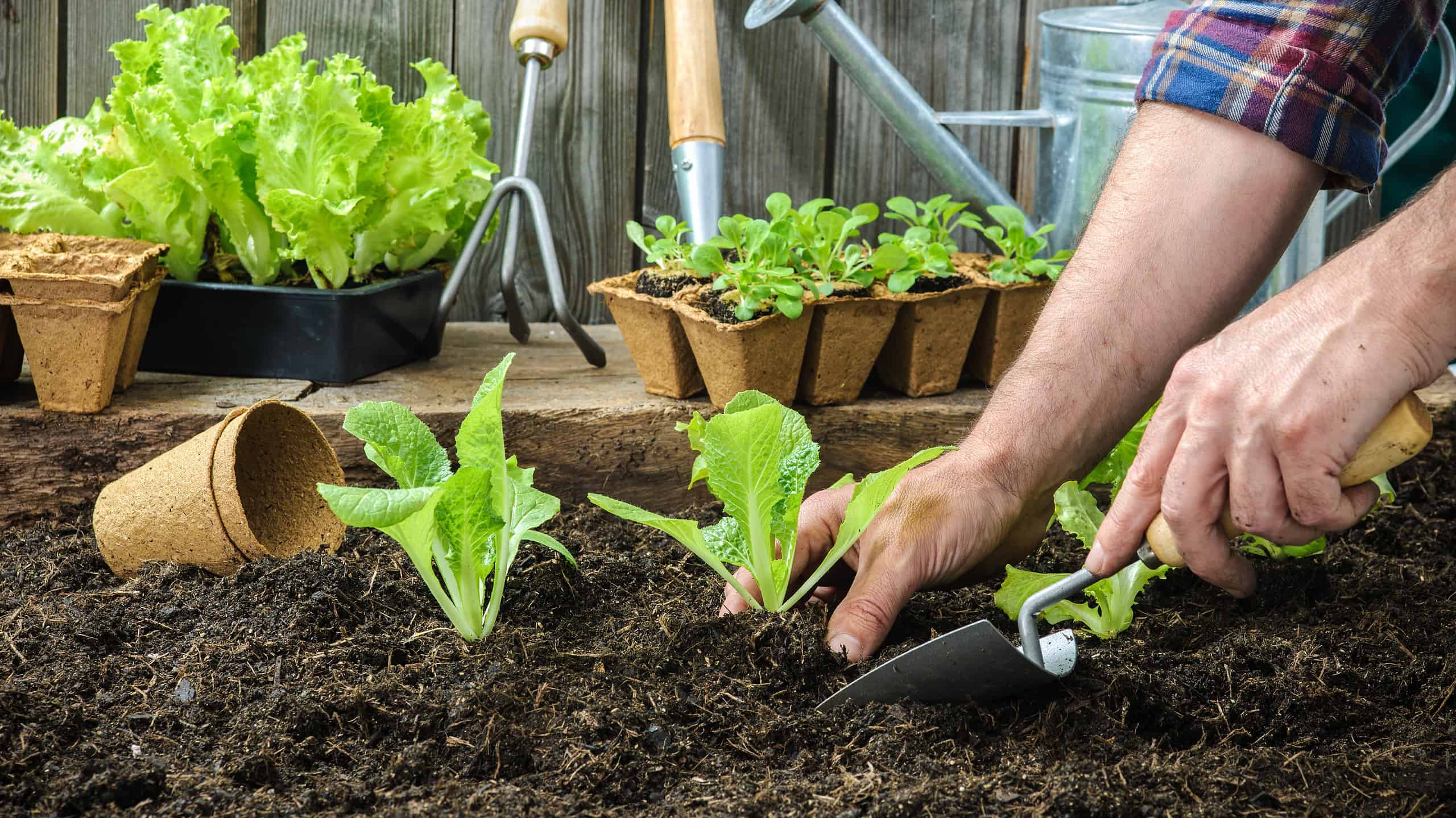In areas with temperate climates like Pennsylvania, the planting season is primarily in spring. However, quite a few vegetables, flowers, and other plants can or must be planted in late summer or early fall. Here are 10 plants you can grow in Pennsylvania in September.
Before deciding what to plant, it is important to know what hardiness zone you live in. Hardiness zones are sections into which the U.S. is divided based on how cold they can get in winter. Plants are sorted into hardiness zones based on which temperatures they can tolerate. Most of Pennsylvania is in either Zone 5 or Zone 6. All of the plants on this list can be grown in these zones.
1. Leafy Green Vegetables
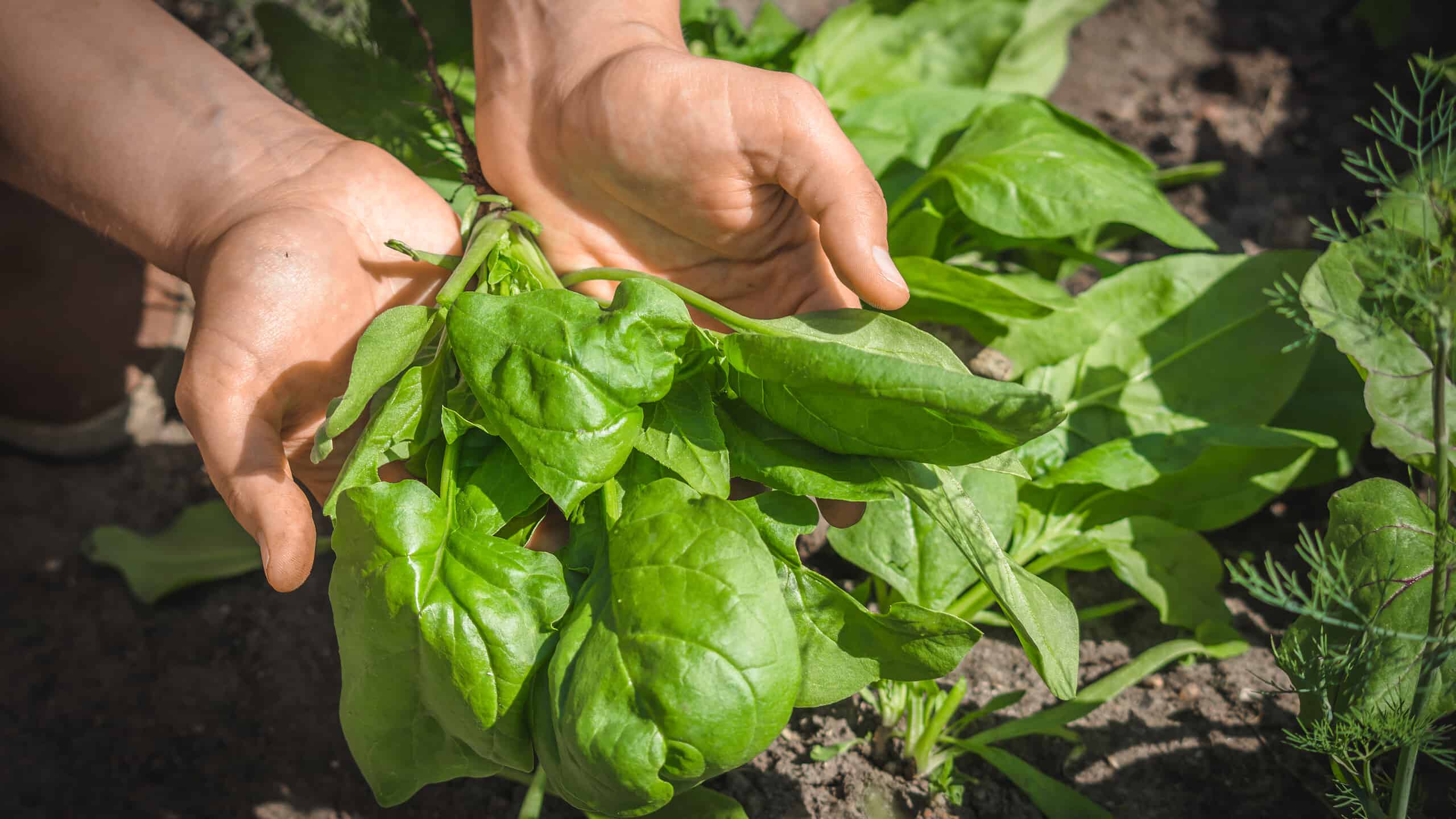
Spinach is a frost-tolerant crop, making it a good choice to plant in the fall.
©alicja neumiler/Shutterstock.com
Leafy green vegetables such as lettuce, spinach, kale, cabbage, arugula, and mustard greens are among the best vegetables to plant in September. They tend to prefer cooler temperatures and some, such as spinach, can tolerate frost. Many leafy greens also have short growing seasons, so you can plant some now and harvest them by the end of fall. When growing greens from seed, be sure to research the amount of time that variety of greens takes to grow and plant it at least that long before the first frost.
2. Radishes
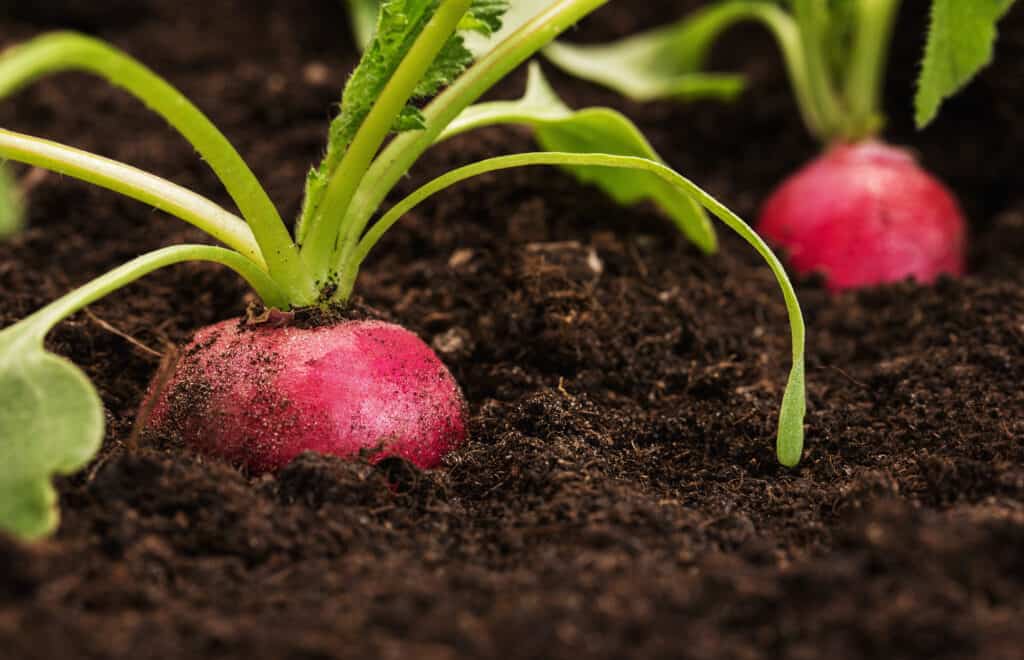
Radishes grow quickly, so you can plant them in the fall and harvest them by winter.
©iStock.com/Nastco
While most gardeners plant radishes in spring, it is possible to grow them in the fall as well. Like many leafy green vegetables, they prefer cooler temperatures, and they grow quickly enough to be ready to harvest before the first frost. Plant radish seeds in a sunny spot and be sure to space them at least one inch apart. Other root vegetables such as beets, turnips, and carrots can also be good choices for a fall garden.
3. Garlic
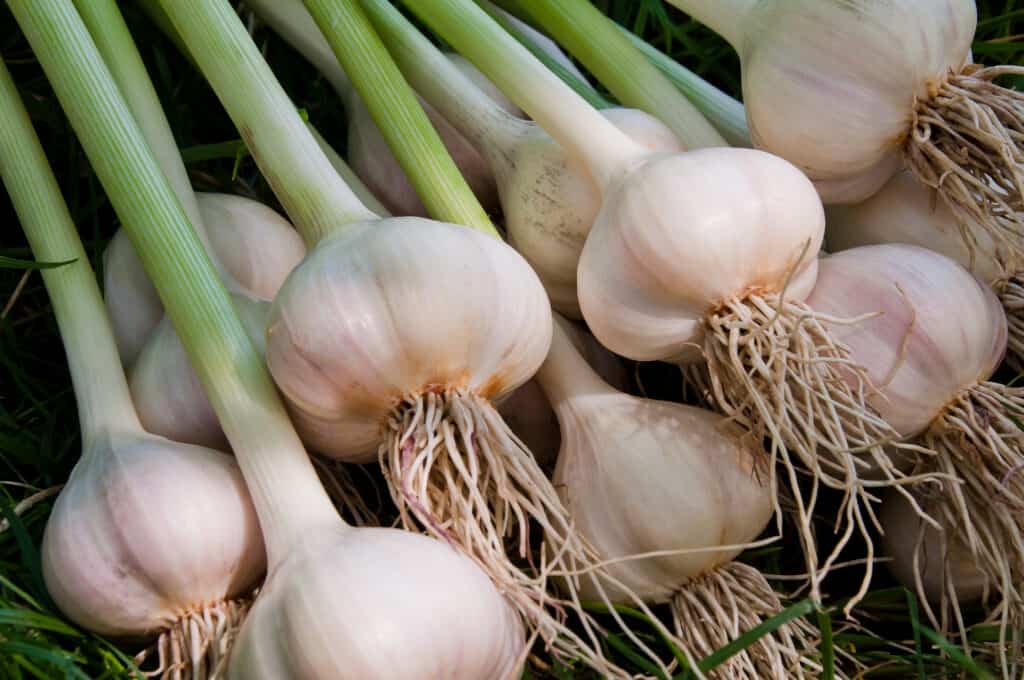
Plant garlic in the fall, and it will be ready to harvest the following summer.
©Liubomyr Tryhubyshyn/Shutterstock.com
The best time to grow garlic is in the fall. Planting garlic three weeks before the ground freezes will allow the roots to develop, but the plant will not sprout until the following spring. Plant cloves at least two inches deep and four to eight inches apart. The garlic will be ready to harvest around late July or early August.
4. Broccoli
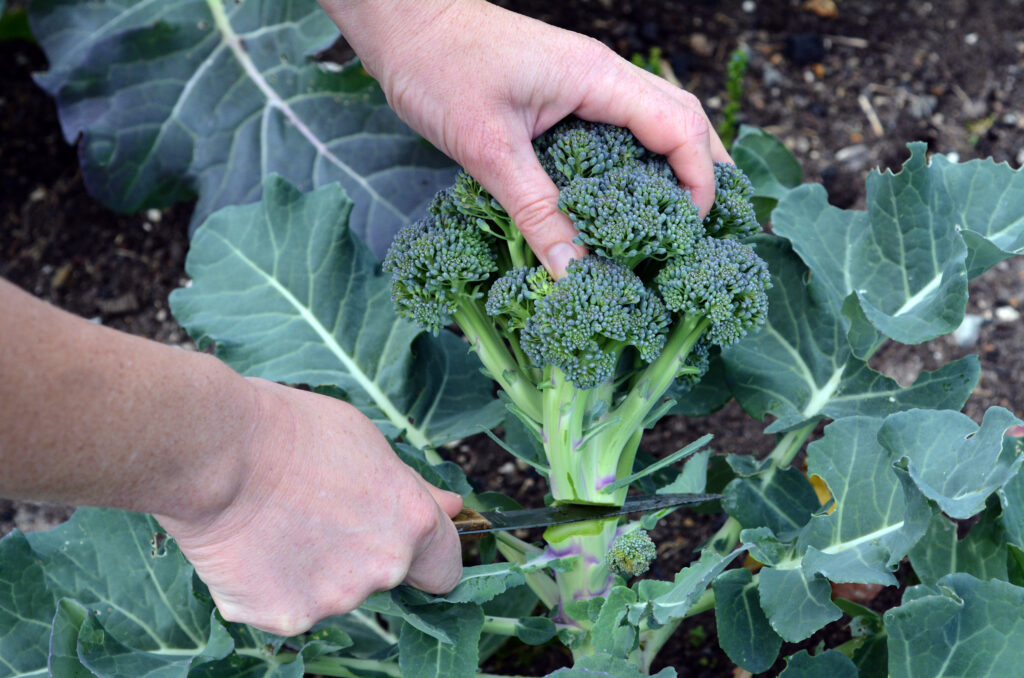
Broccoli is a cool-weather crop that can be grown in the fall.
©ChameleonsEye/Shutterstock.com
Fall is a good time to grow broccoli. It is tolerant of frost, and colder temperatures can improve the vegetable’s taste. This is because cold weather triggers a reaction that causes the plant to convert starches to sugars. (The same applies to several other vegetables, including most root vegetables.) If you want to grow broccoli from seed, you should start in late summer for a fall harvest, but you can transplant broccoli in September. You can also extend the growing season by using tools such as low tunnels, cold frames, hotbeds, and cloches.
5. Mums
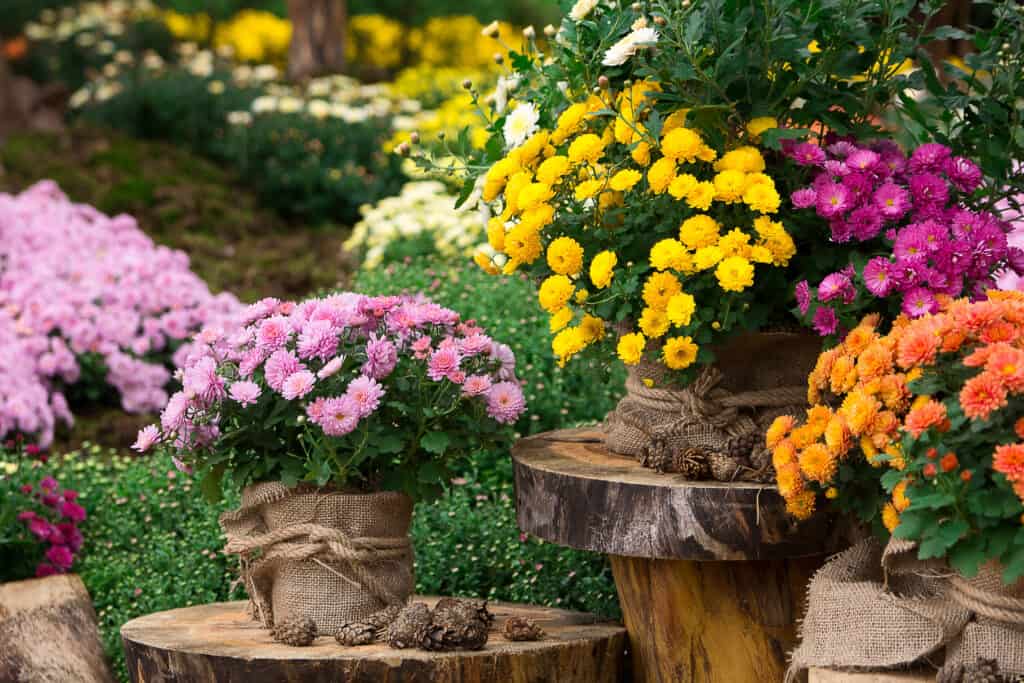
Chrysanthemums bloom in the fall, and potted ones can be planted in the fall as well.
©Savina Nataliia/Shutterstock.com
Chrysanthemums, often called mums for short, are perhaps the most popular flowers to grow in fall. Most stores and nurseries sell potted mums around this time of year. Many people grow mums as annuals and discard them once the season is over. However, with proper care, you can also grow them as perennials, which will return year after year. For the best results, spread the plants 18 to 24 inches apart and plant them somewhere with full sun. They also require fertilizer and regular watering. There are many different varieties of chrysanthemums, and they come in many different colors including red, orange, yellow, bronze, white, pink, and purple.
6. Pansies
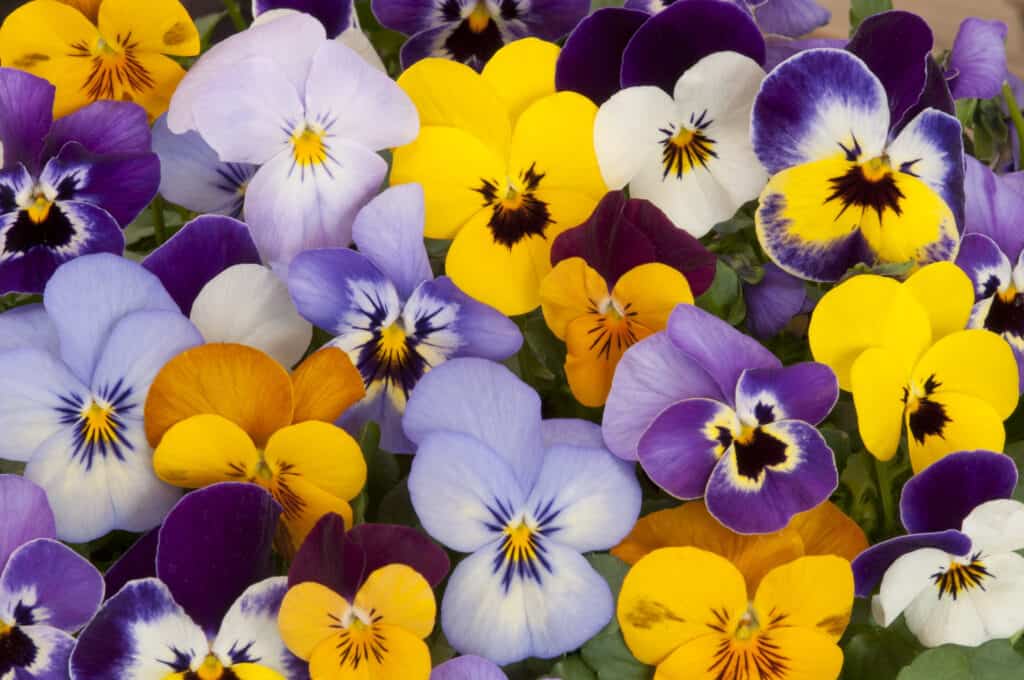
Pansies are biennial plants, meaning they can bloom twice in a year.
©Anjo Kan/Shutterstock.com
Although they are normally considered spring flowers, pansies are surprisingly resilient in colder temperatures, so in some parts of Pennsylvania, you can plant them in the fall. Plant pansies in September or early October, and they will survive the winter and bloom again next spring. However, be sure to check your hardiness zone before deciding to plant pansies. They aren’t quite as hardy as the other plants on this list and will do better in Zone 6 than in Zone 5.
7. Spring Flower Bulbs
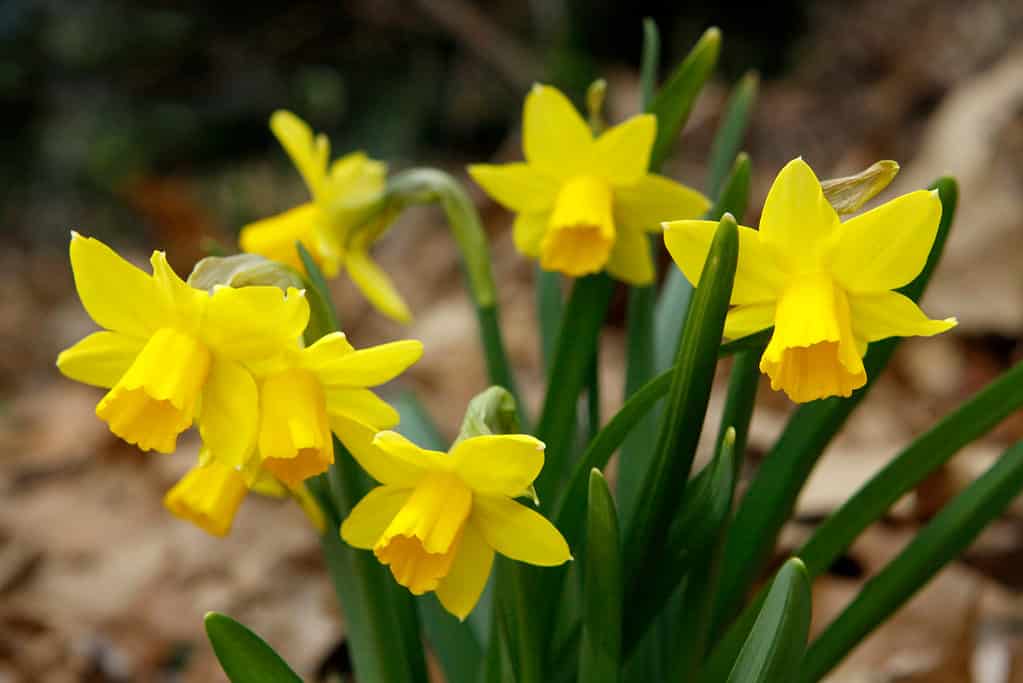
Daffodils are one of the many spring flowers that grow from bulbs planted in the fall.
©StephenVanHove/Shutterstock.com
Like garlic, flowers that grow from bulbs should be planted in the fall for them to grow and bloom in spring. This allows their roots to develop before the ground freezes. Such flowers include daffodils, tulips, and hyacinths. In Pennsylvania, spring flower bulbs should be planted from September to early November. The ideal time to plant bulbs varies based on your hardiness zone, so, again, be sure to research your zone before deciding what flowers to plant.
8. Asters
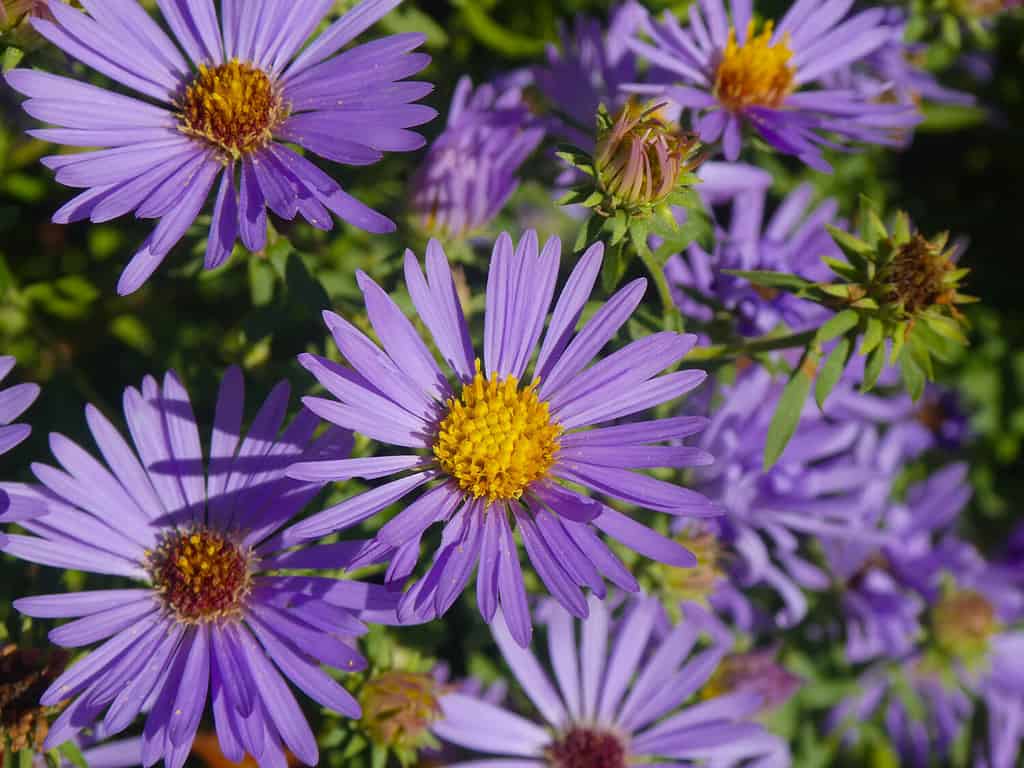
Asters bloom in the fall, and several species are native to Pennsylvania.
©ForestSeasons/Shutterstock.com
Like mums, asters bloom in the fall, and full-grown potted asters can be planted in the fall as well. Asters are a good choice for ecologically minded gardeners because several species, including the common New England aster, are native to Pennsylvania. They provide important food for pollinators and their seeds are food for native birds. Asters come in shades of blue, purple, and white.
9. Trees and Shrubs
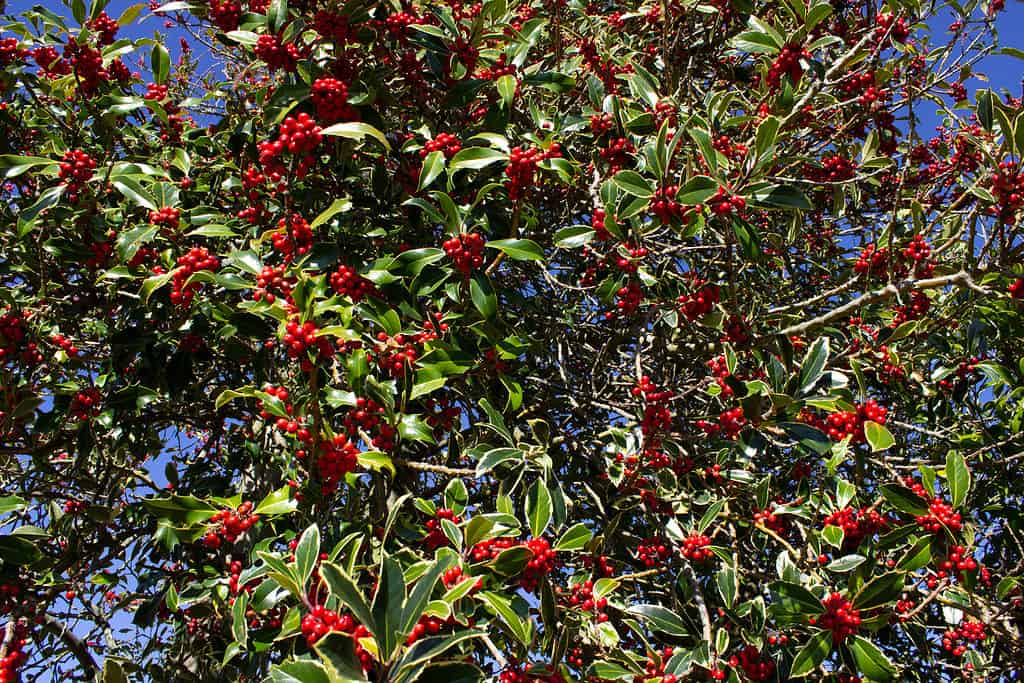
Holly is one of several decorative shrubs that are native to Pennsylvania.
©EveTravels/Shutterstock.com
Fall can be the best time to plant trees and shrubs in Pennsylvania. The cool temperatures and the rain help newly planted trees establish their root systems, making them sturdier in time to support new growth the following spring. Plant trees or shrubs in September through mid-October, at least six weeks before the first frost. There is a wide variety of trees and shrubs you can plant in Pennsylvania. Consider choosing native species, as they are better adapted to Pennsylvania’s soil and climate, and they can provide habitat for wildlife.
10. Grass
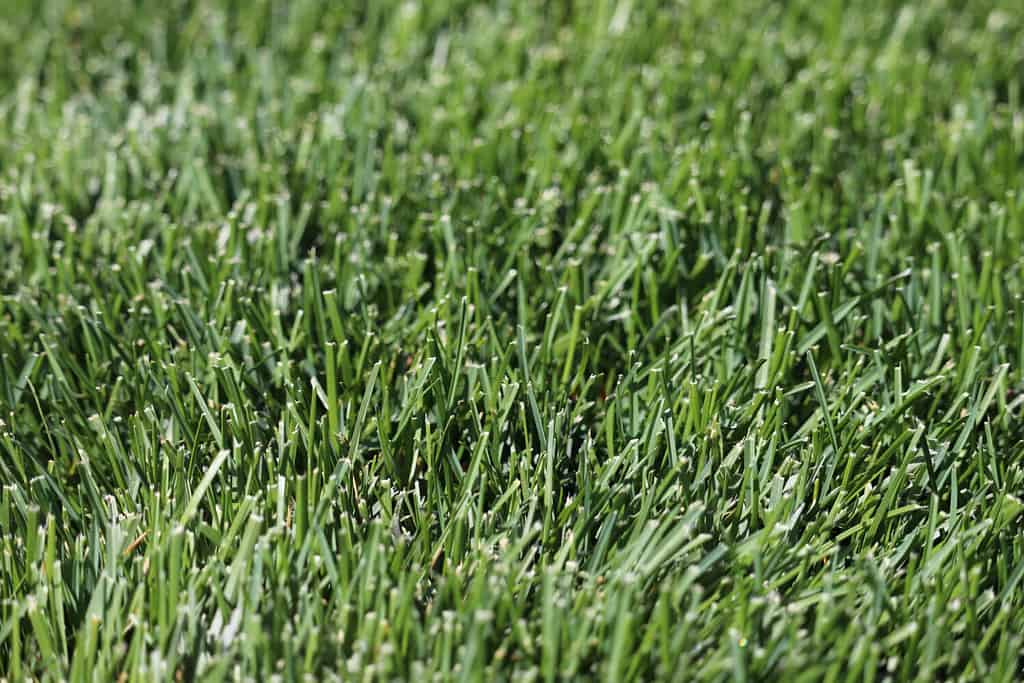
Kentucky bluegrass is one of several types of grass that grow well in Pennsylvania.
©Joshua Boman/Shutterstock.com
The best time to plant grass for a lawn in Pennsylvania is in the fall. The types of grass that thrive the most in Pennsylvania are cool-weather grasses, so fall provides the best temperatures for them to grow. There are several different types of grass you can plant in Pennsylvania, including bluegrass, ryegrass, and fescue. You can also mix several different types of grass seed. This creates a biodiverse lawn that will be more tolerant of environmental changes and variations in the landscape.
Thank you for reading! Have some feedback for us? Contact the AZ Animals editorial team.

